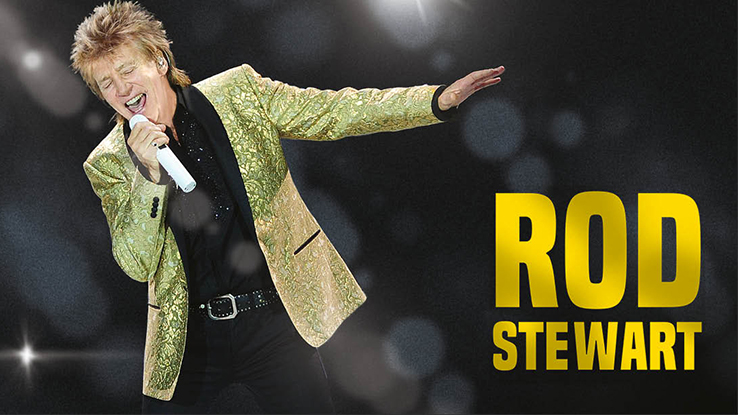11 December 2018
By Mary Bermingham
mary@TheCork.ie
Luxury clothing and accessories have historically been out of the reach of many, but advances in communication technology and the proliferation of social media have precipitated a $6 billion luxury resale market which gives consumers the chance to buy the products of Louis Vuitton, Chanel, and other luxury manufacturers at reduced prices. Moreover, connoisseurs of luxury goods may buy the items of their fancy, use them for a period of time, then sell them again. In effect, used luxury goods become investment commodities with fluctuating supply and demand and correspondent prices.
Valued at $450 million, San Francisco-based RealReal is an industry leader in the luxury resale market. The high-end consignment shop has more than nine million members, more than eight million sales to its credit, and brick-and-mortar locations in New York and Los Angeles. Consignors list quality used luxury items for sale with the company and then receive a cut of the final sale price.
Rati Levesque, RealReal’s chief merchant, contends that the life-cycle of luxury is: make well, buy well, resale. Trending fashion loses value rather quickly while Louis Vuitton handbags and Hermes scarves may maintain resale value for decades. Resale value varies tremendously from item to item, but on average, consignors may earn 60% or 80% of their original purchase back via a RealReal sale. Ms. Levesque notes that consignors are typically devoted fans of luxury brands; eighty percent use their commission to shop the new luxury market. Effectively, luxury resales on RealReal spur new luxury purchases and benefit luxury producers.
RealReal purchasing agents relay up-to-date supply and demand data to their sales teams who in turn educate their consignors and clients. Sales agents must possess a deep understanding of luxury goods, but they are also prepared to discuss with customers the investment values of these goods. This knowledge allows customers to assess whether to buy, hold, or sell particular items.
The company operates largely online, but pop-up storefronts and brick-and-mortar locations promote the brand and allow customers to see and hold the objects of their devotion. Ms. Levesque observes that pop-ups accelerated the growth of the company and paved the way for the New York and Los Angeles storefronts. RealReal has seen a 40% growth in sales since the introduction of the pop-ups, and scores of new consignors and clients have come on board, many of them walk-ins off the street.
All storefronts operate as pick-pack-and-ship e-commerce centres and mini-warehouses; everything for sale in a store is also available online. When an item is taken to a fitting room, it’s placed on hold on the RealReal website. An RFID chip in inserted into every tag in order for the location of the item to be tracked. If a RealReal customer in Los Angeles is infatuated with a particular Louis Vuitton handbag and that handbag becomes available in the local storefront, a sales agent can reach out to the client and let her know of its availability.
Resale of luxury clothing and accessories has a golden future ahead of it. As the purchasing power of younger, more tech-savvy consumers increases, the practice will become more mainstream. It allows more consumers the opportunity to experience quality luxury goods and individuals the chance to experience a greater breadth and variety of goods. Shrewd consumers will consider the investment values of their pieces in addition to their styles, and companies such as RealReal are well-positioned to help them make informed decisions.



